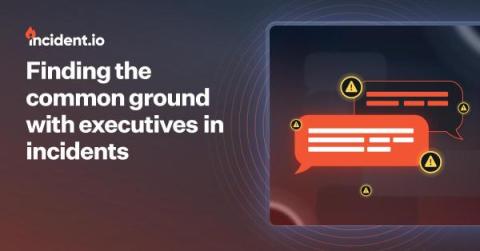How to Keep Observability Alive in Microservice Landscapes through OpenTelemetry
The concept of observability has become a cornerstone for ensuring system reliability and efficiency in modern software engineering and operations. Observability, beyond its traditional scope of logging, monitoring, and tracing, can be intricately defined through the lens of incident response efficiency—specifically by examining the time it takes for teams to grasp the full context and background of a technical incident.











